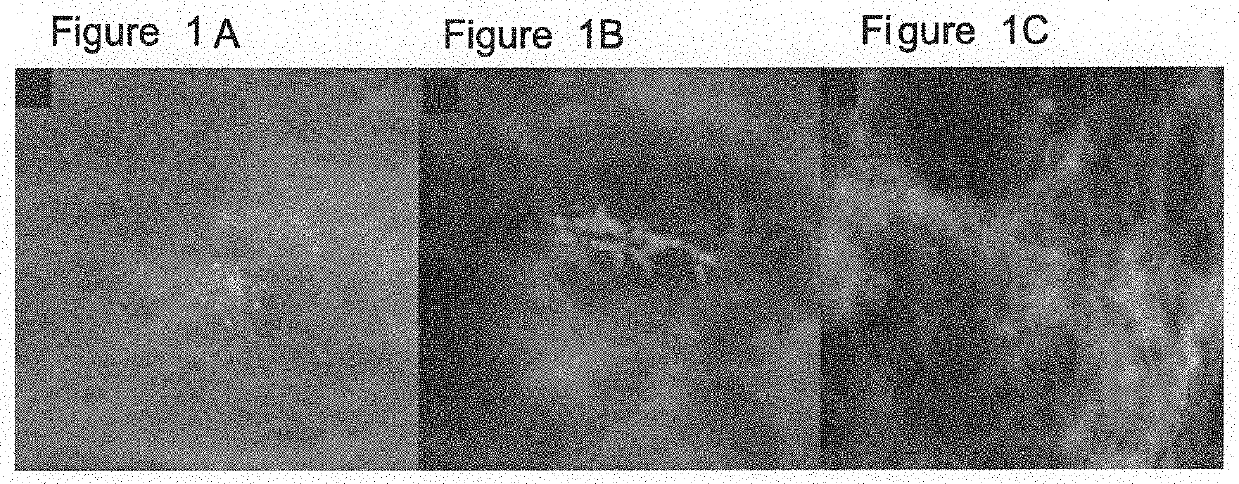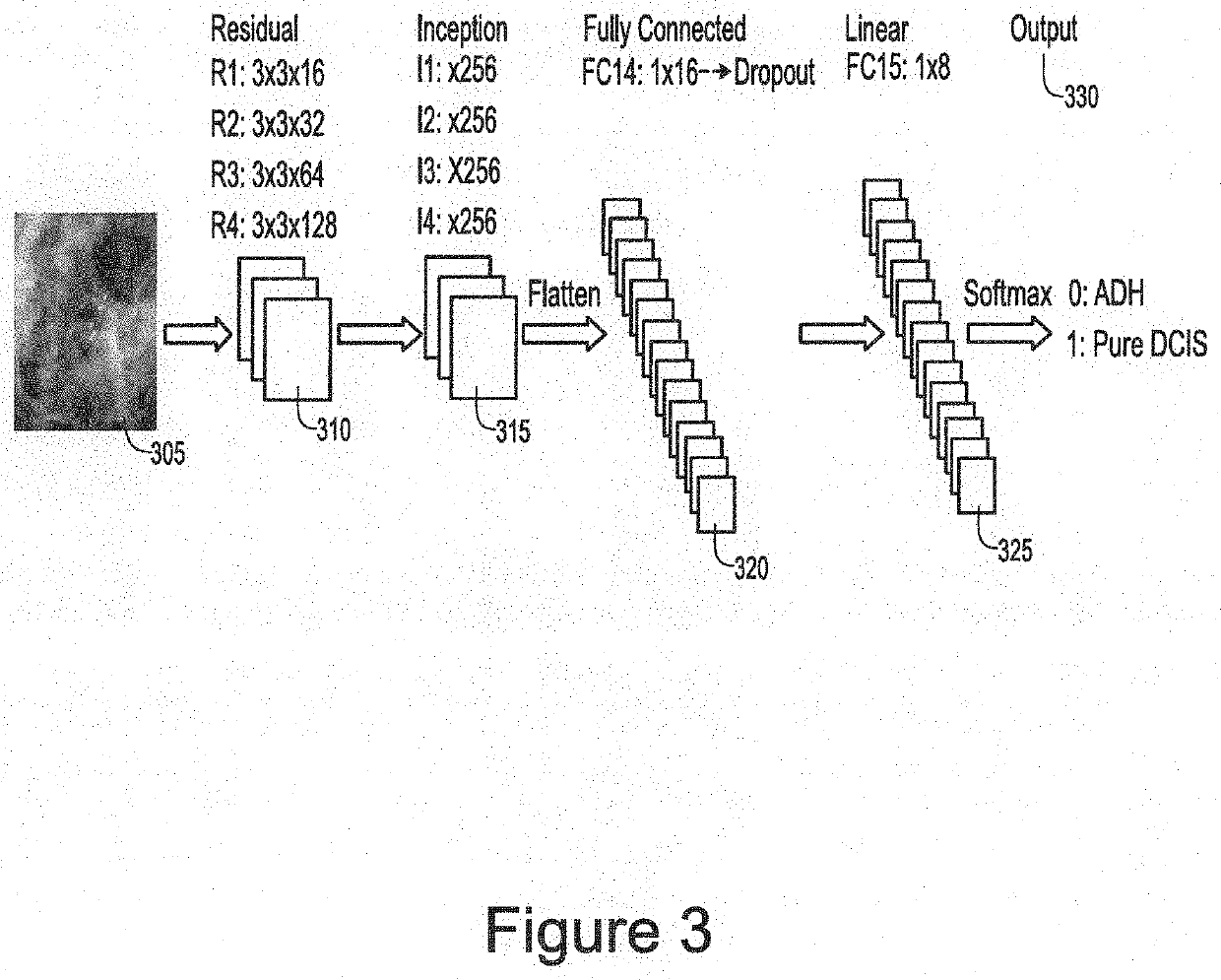System, method and computer-accessible medium for classifying breast tissue using a convolutional neural network
a convolutional neural network and breast tissue technology, applied in the field of breast tissue classification and classification information, can solve the problems of increasing healthcare costs, increasing physical and psychological stress on patients and their families, and difficult to distinguish from ductal carcinoma in situ, so as to limit the drift of layer activation
- Summary
- Abstract
- Description
- Claims
- Application Information
AI Technical Summary
Benefits of technology
Problems solved by technology
Method used
Image
Examples
Embodiment Construction
[0011]An exemplary system, method and computer-accessible medium for classifying a breast tissue(s) a patient(s) can include, for example, receiving an image(s) of an internal portion(s) of a breast of the patient(s), and automatically classifying the breast tissue(s) of the breast by applying a neural network(s) to the image(s). The automatic classification can include a classification as to whether the breast tissue(s) is atypical ductal hyperplasia or ductal carcinoma. The automatic classification can include a classification as to whether the breast tissue(s) is a cancerous tissue or a non-cancerous tissue. The image(s) can be a mammographic image or an optical coherence tomography image.
[0012]In some exemplary embodiments of the present disclosure, the neural network can be a convolutional neural network (CNN). The CNN can include a plurality of layers. The layers can include (i) a plurality of residual layers, (ii) a plurality of inception layers, (iii) a fully connected layer...
PUM
 Login to View More
Login to View More Abstract
Description
Claims
Application Information
 Login to View More
Login to View More - R&D
- Intellectual Property
- Life Sciences
- Materials
- Tech Scout
- Unparalleled Data Quality
- Higher Quality Content
- 60% Fewer Hallucinations
Browse by: Latest US Patents, China's latest patents, Technical Efficacy Thesaurus, Application Domain, Technology Topic, Popular Technical Reports.
© 2025 PatSnap. All rights reserved.Legal|Privacy policy|Modern Slavery Act Transparency Statement|Sitemap|About US| Contact US: help@patsnap.com



